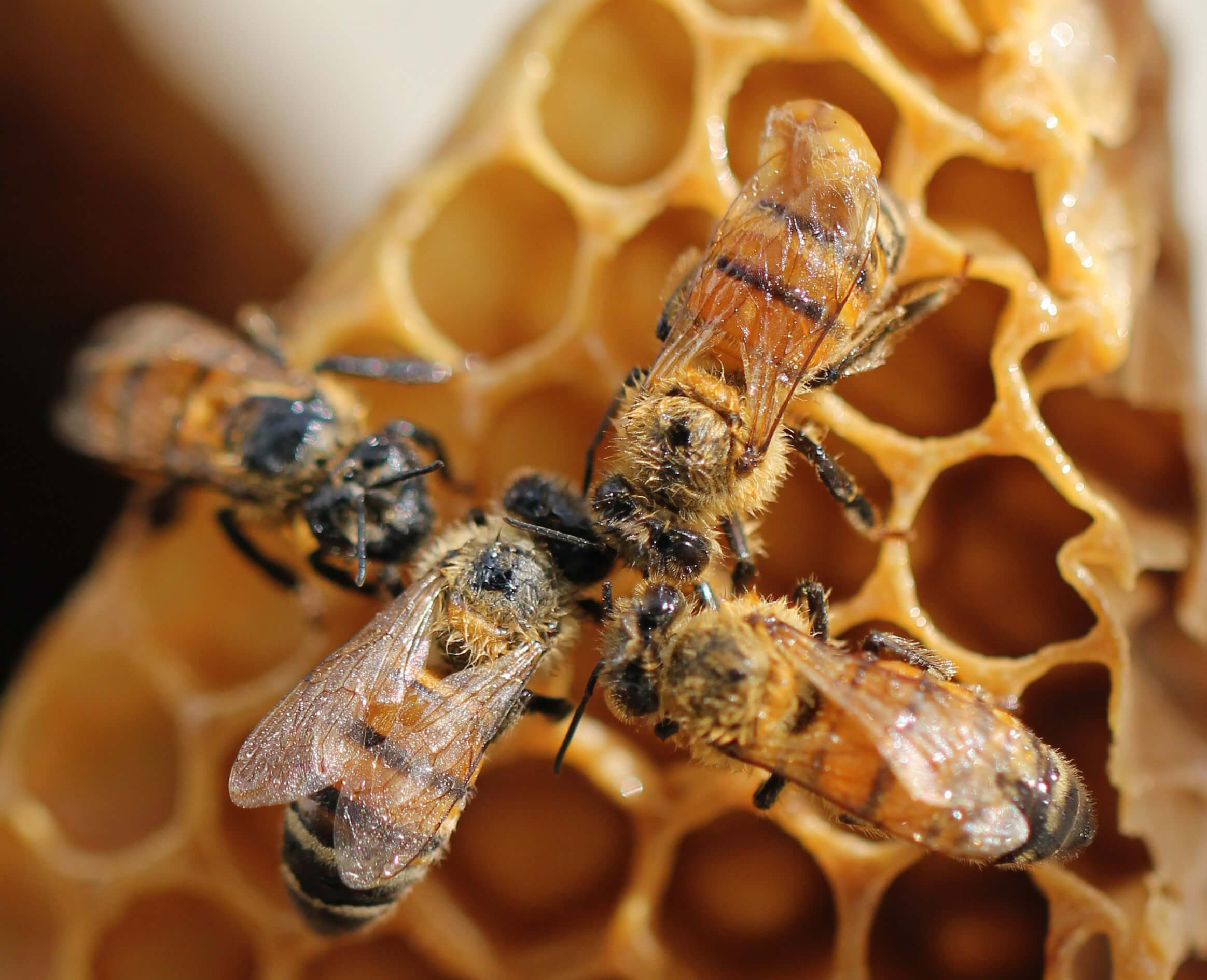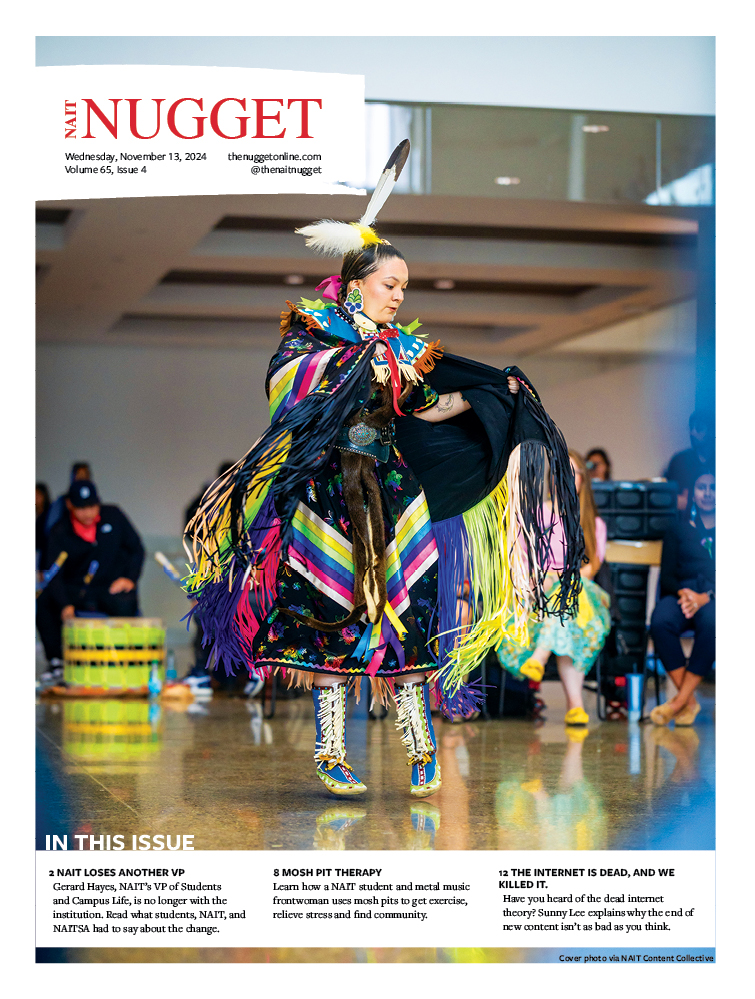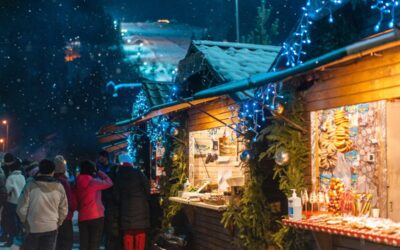By Tora Matys
There are over 200 types of bees native to Alberta, and each plays an integral roll in the environment. However, they have become threatened by the use of pesticides, pollutions and non-native invasive species like the Asian giant hornet.
As of late 2019, there have been several specimens of the Asian giant hornet (Vespa mandarinia) found in southern B.C. and Washington. They are native to Asia and even reach as far as eastern Russia, wildlife experts suggest they came here in shipping containers. They are incredibly invasive and able to withstand the Canadian winters because they typically nest underground in tunnels or burrows made by other animals. The giant hornet feeds primarily on large insects, honey bees and the honey from the bee colonies. They are notorious for pillaging beehives.
Luckily none of the giant hornets have been spotted in Alberta so far, but the potential threat of the hornets plus the already declining bee population is something to be concerned about.

Photo via Unsplash
Bees play a vital role in agriculture, the foundation of Alberta, pollinating the crops, and increasing overall yields. One of the most important crops in the province is canola which relies heavily on pollination, and Canada is the number one in the world for canola production; Alberta produces almost 80 per cent of that.
Alberta’s bee population is more important than one may think, and it won’t be easy to find and destroy every single giant hornet nest, but it is easy to plant a bee-friendly garden even in the city to help increase the numbers before it’s too late.
Bee season is from May to August in Alberta, and with planning your garden can be buzzing all season long. It’s important to keep in mind that bees are attracted to brightly coloured and high contrasting flowers, so when picking them out, look for ones that are blue, violet, red and/or yellow.
Flowers like Black-Eyed Susans, Monarda (Bee Balm) and Snap-dragons are bright flowers that can easily be grown in pots making it easy for the urban gardener. These flowers bloom during the summer, and the Black-Eyed Susans sometimes last into September. With Alberta’s seasons being so short, it can be tough to find hardy flowers to last into the fall, but planting things like Buckwheat and Goldenrod can supply pollen throughout the fall.
Conveniently bees are also attracted to a lot of edible and very fragrant flowers, making it a win-win for everyone. Planting things like Sage, Basil, Lavender, and even strawberries and blueberries will bring in the bees and some flavour to your life. Herbs and small fruits are also great for planter boxes and do very well in small areas for those who don’t have a backyard to fill with flowers.
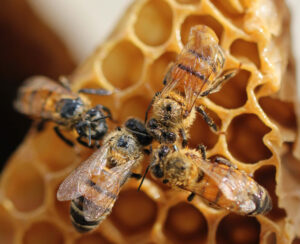
Photo via Unsplash
For those Edmontonians who are die-hard about saving the bees and even want to reap some of the sweet rewards, Edmonton passed an amendment to the Animal Licensing and Control bylaw to permit beekeeping in the city as of 2015. This allows people to apply for a license to keep one hive with 6 supers in them and one nucleus hive for extra space and increased husbandry. After two years the license holder can apply for a second hive. However, the city prohibits selling any of the honey, or by-products, so you have to keep the liquid gold all to yourself.
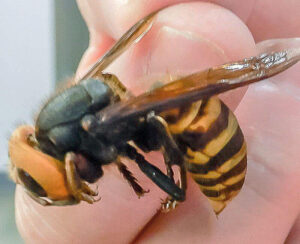
Photo via Youtube
The most important thing you can do if you think you’ve encountered an Asian giant hornet or any other invasive species is to contact the local fish and wildlife department to report the sighting.

